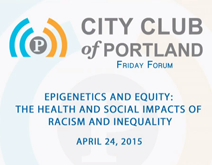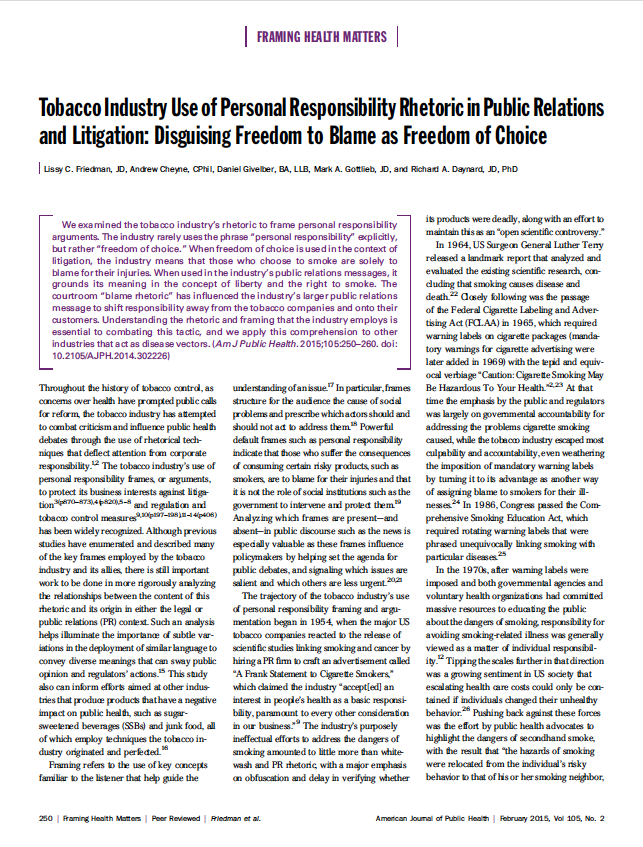Tips for writing effective letters to the editor
Tuesday, August 11, 2015Letters to the editor can signal community interest about a particular public health issue and send a message to policymakers. Here are some tips to help advocates craft compelling letters and increase their chances of getting published.













